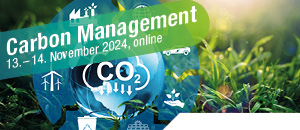Based on the new figures of the “Fachagentur Nachwachsende Rohstoffe (FNR)” we have updated the cultivation figures for Energy and Industrial Crops in Germany. The graph shows the development from 1994 to 2021. We would also like to show such data for the whole of Europe, but unfortunately no corresponding statistics are available for most member states.
The area under cultivation for energy crops for biofuels and bioenergy, especially biogas, has increased about sixfold since 1994 thanks to the Renewable Energy Directive (RED) (or the German equivalent EEG). Since 2014, the cultivation figures have stagnated since the RED limited the share of first-generation plants (maize, wheat, sugar beet).
Material use has remained virtually unchanged from 1994 to the present. Today, it is even lower than in 1999. The figures clearly show that the bioeconomy only grows where there is a suitable incentive framework, such as quotas. With appropriate measures, material use could also grow significantly.

Please download this and many other nova graphics here.
Author
Michael Carus (nova-Institute)
Source
nova-Institute GmbH, press release, 2022-05-04.
Supplier
Fachagentur Nachwachsende Rohstoffe e.V. (FNR)
nova-Institut GmbH
Share
Renewable Carbon News – Daily Newsletter
Subscribe to our daily email newsletter – the world's leading newsletter on renewable materials and chemicals

















